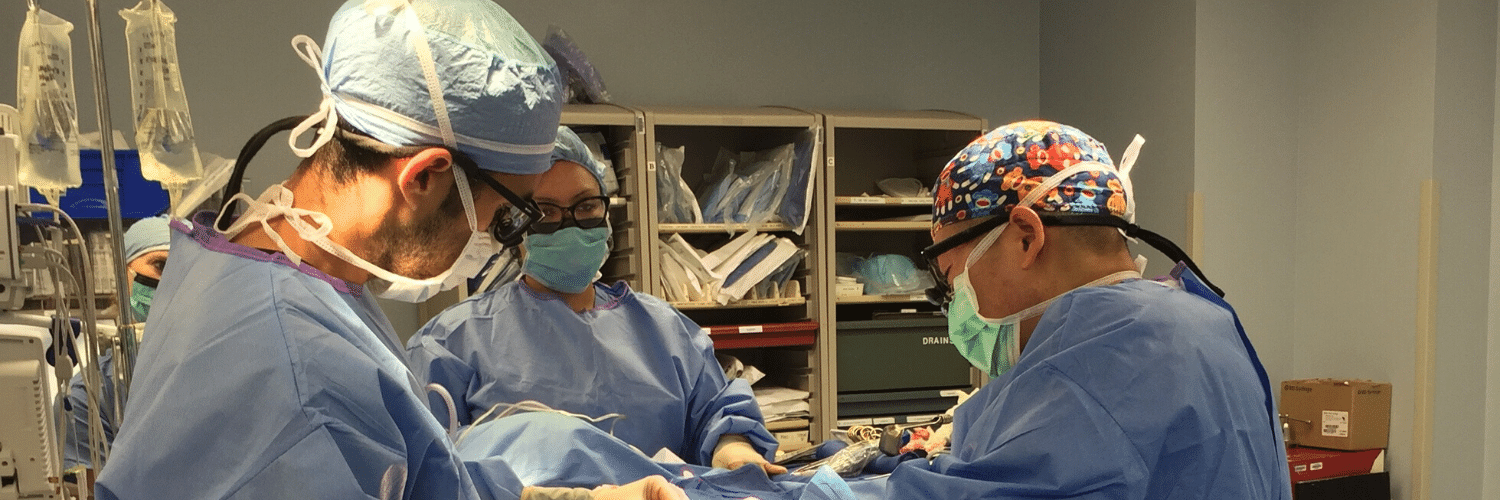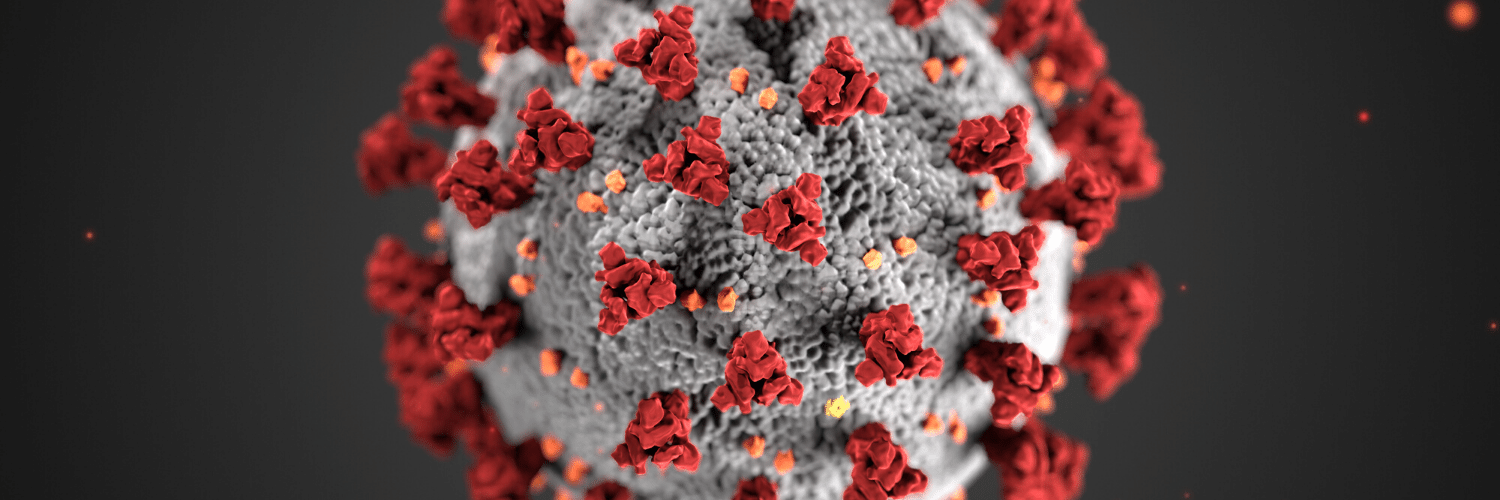
- 0 Comments
- PRMA Plastic Surgery
What is recovery like after tissue expander breast reconstruction?
Tissue expanders are temporary implants designed to stretch tissue after a mastectomy to prepare for breast reconstruction. The expander can be placed above or below the chest muscle and can be filled with either saline or carbon dioxide (depending on the type of expander used). Regardless of the type of expander used, this is generally what patients can expect following surgery.
Immediately following surgery:
Whether the tissue expander is placed at the time of the mastectomy or some time later, most patients will stay in the hospital overnight. Walking should be resumed as soon as the effects of general anesthesia have worn off following surgery.
On leaving the hospital, antibiotics should be continued as recommended by your surgeon to decrease the risk of infection. Proper surgical drain care must also be continued at all times. Patients should keep a record of their drain output amounts as the amount coming out of the drains will determine when they are ready to be removed. Heavy lifting and strenuous activity are not allowed. It is crucial you follow your surgeon’s post-operative instructions to minimize the risk of complications.
You will need a lot of help at home the first week or so after surgery. Regardless of who usually does what at home, you won’t be in a position to do any of the daily chores and will be dependent on others to get those done! Focus on eating healthily, staying well hydrated and gradually increasing your walking.
The weeks after surgery and the expansion process:
Breast swelling from the surgery will continue to decrease over several weeks after surgery. Also ask your surgeon when you can start range of motion exercises to prevent shoulder stiffness.
Surgical drains should be removed as soon as possible. Drains that stay in longer than they need to only increase the risk of infection.
When placed at the same time as the mastectomy, traditional saline expanders are usually partially filled at the time of surgery. If expanders are placed long after mastectomy, they are usually left empty. Further expansion is performed by the surgeon during several office visits once the patient has healed from surgery. The saline is injected into the expander fill-port through the skin using a syringe and needle. Fills can be uncomfortable because of the stretching of the tissues, especially if the expanders were placed under the muscle. Aching for a few hours after each expansion is common. Be prepared to take some pain medication. Taking over the counter medications like ibuprofen or acetaminophen ahead of time can help a lot. Ask your physician or nurse whether that’s ok.
The AeroForm AirXpander uses carbon dioxide instead of saline. The gas is released in controlled, small amounts from a cartridge inside the expander. The expansion process is controlled by a hand held remote and can be performed at home by the patient by pressing a single-touch button. This expander has just been approved for use in the US by the FDA. Each expansion is only 10cc and is therefore painless. The patient can self-expand up to 3 times a day. This gradual expansion process has several advantages over traditional saline expansion:
- Smaller expansion volumes are less painful
- No needles – no pain and no infection risk
- Faster completion of entire expansion process with far fewer visits to the surgeon’s office
Regardless of the type of expander used, most patients can return to sedentary work around 3-4 weeks after surgery but heavy lifting and strenuous activity should still be avoided as instructed by your surgeon. The tissue expansion process can last several weeks so most patients are back at work long before it is completed.
Exchange Surgery:
Once an optimal breast size is achieved, the exchange surgery can be planned. Most surgeons will schedule this for at least 4 weeks after the last expansion. The tissue expander is removed and replaced with either a permanent implant (saline or silicone) or flap (autologous reconstruction).
If you had mastectomy with expander placement and you will be getting radiation therapy as part of your treatment plan, most plastic surgeons prefer that the radiation is performed while you still have the tissue expander. For patients exchanging the expander for an implant, this approach offers a better long-term cosmetic result than radiating the final implant, but is also associated with a higher risk of complications. For patients who had the expander placed just to get through radiation treatment before autologous (flap) reconstruction, this approach (known as “delayed-immediate” reconstruction) prevents subjecting the flap to the potentially deleterious effects of radiation.
Author: Dr. Minas Chrysopoulo and Courtney Floyd

Leave Comment
Sign Up for Our Monthly Newsletter
Continue Reading

Breast Reconstruction Surgery and Your Period
Breast Reconstruction Surgery and Your Period December 02, 2020 Share on Facebook Twitter Linkedin During our pre-operative appointment with patients, a topic that occasionally arises is menstrual cycles. It is completely normal for women to experience changes with their periods throughout breast cancer treatments. These can be temporary or permanent. Periods can be unpredictable following […]

What Bras and Abdominal Girdles to Wear After Breast Reconstruction Surgery
What Bras and Abdominal Girdles to Wear After Breast Reconstruction Surgery November 17, 2020 Share on Facebook Twitter Linkedin When preparing for breast reconstruction surgery, many patients want to know what types of bras and abdominal girdles they should plan to wear after surgery. Although every surgeon has slightly different preferences, we have put together […]

My 5 DIEP Flap Realities | A Guest Blog From Julie
My 5 DIEP Flap Realities October 28, 2020 Share on Facebook Twitter Linkedin Hi everyone, my name is Julie from It’s a Bosom Thing. I am so happy to be here as a guest blogger and have this opportunity to share with you a few thoughts about life after DIEP Flap Surgery. I was diagnosed […]

PRMA’s BRA Day Virtual Event Recap
PRMA’s BRA Day Virtual Event Recap September 08, 2020 Share on Facebook Twitter Linkedin Yesterday we celebrated Breast Reconstruction Awareness day! Although we missed seeing everyone in person this year, we were still able to spread education and awareness on ALL reconstructive options through our virtual efforts. We were also able to share information on […]

Second Stage DIEP Flap Surgery
Second Stage DIEP Flap Surgery September 08, 2020 Share on Facebook Twitter Linkedin DIEP flap breast reconstruction is typically comprised of at least two stages for the best outcomes. The second stage of surgery is commonly referred to as the “revision” stage and is usually performed about three months after the initial reconstruction. The purpose […]

If ‘Flaps’ Are Such A Great Breast Reconstruction Option, Why Doesn’t Everyone Get Them?
If ‘Flaps’ Are Such A Great Breast Reconstruction Option, Why Doesn’t Everyone Get Them? September 08, 2020 Share on Facebook Twitter Linkedin Flap-based breast reconstruction procedures, like the DIEP flap, offer patients a safe, natural implant-alternative option to reconstruction after a mastectomy. Flap surgeries are permanent and are associated with fewer complications after radiation when […]

What is a Skin Island and How is it Used in Breast Reconstruction?
What is a Skin Island and How is it Used in Breast Reconstruction? September 08, 2020 Share on Facebook Twitter Linkedin What is a “skin island”? The term “skin island” is used to describe the remaining visible skin from a transplanted “flap” of tissue. In the setting of DIEP flap breast reconstruction, the skin island […]

Comparing APEX Flap and DIEP Flap Breast Reconstruction
Comparing APEX Flap and DIEP Flap Breast Reconstruction August 10, 2020 Share on Facebook Twitter Linkedin We have been receiving numerous inquiries about the “APEX flap” recently. Patients want to know what it is and how it differs from the DIEP flap. APEX is an acronym that stands for “Abdominal Perforator Exchange”. Many patients believe […]

Monitoring the Health of Your Flap During & After Surgery
Monitoring the Health of Your Flap During & After Surgery July 21, 2020 Share on Facebook Twitter Linkedin Autologous flap (or tissue) breast reconstruction procedures represent today’s most advanced options for rebuilding a breast(s) following mastectomy. The most commonly performed method of flap-based reconstruction at PRMA is the DIEP flap. During this procedure, surgeons transplant skin […]

COVID-19 and the Impact on Cancer Patient’s Mortality
COVID-19 and the Impact on Cancer Patient’s Mortality July 21, 2020 Share on Facebook Twitter Linkedin There is still so much we do not know about COVID-19. Likewise, there is little known about how this disease impacts mortality for cancer patients. A study published in The Lancet evaluated and characterized the outcomes of patients with cancer […]


No Comments